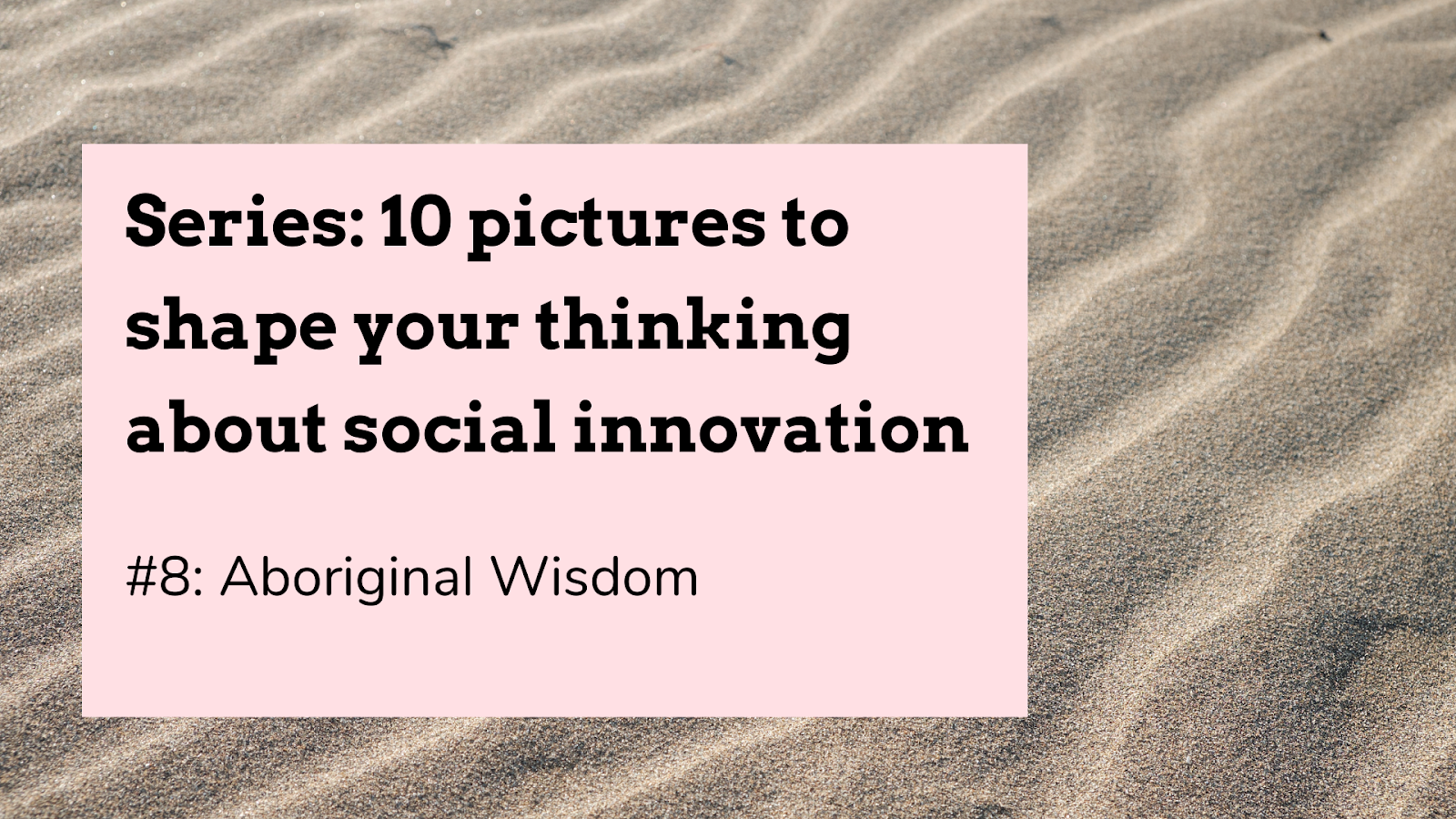
Aboriginal Wisdom
blog | Words Matt Berry | 25 Nov 2022
In this 10-part series, we share 10 different pictures that can help us to make sense of the big complex world of social innovation and systems change
#8: Aboriginal Wisdom
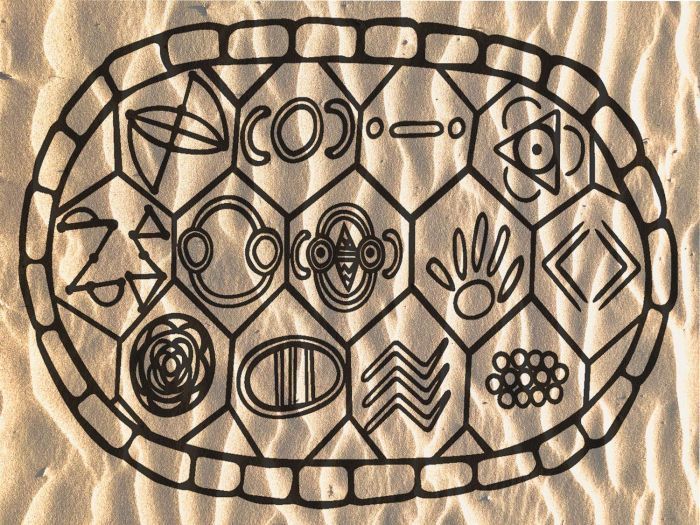
What does it say?
I won’t do Tyson Yunkaporta the disservice of trying to summarise this image from his incredible book Sand Talk in a few short sentences. If you haven’t read it yet, it is highly recommended.
Each of the pictures within this picture captures a key Indigenous thinking concept, from kinship mind (a paradigm of interconnection and relationship as a starting point for all else) to dreaming mind (the power of bridging tangible and intangible knowledges through metaphor, art and story) and much more. Each concept will enrich how you think about social innovation and the way we need to be, to do that work.
How is it being used?
Indigenous peoples around the world are custodians of their own unique bodies of traditional knowledge, but common threads run throughout – especially around just and distributive economies, the balance of autonomy and interconnection, and living sustainably in relationship with place.
Here in Australia, where Aboriginal peoples lived sustainably for over 60,000 years before colonisation, there is so much to learn from Indigenous wisdom about how we could move towards more equitable and sustainable societies – and as you would expect, Indigenous peoples around the world have been at the forefront of resisting systems of oppression and exploitation, and keeping their worldviews alive. The worlds of design and social innovation are still only beginning to understand the value of this wisdom, and how to honour and apply it without more exploitation.
Why is it important?
What I loved most about Sand Talk is that it digs deeper into the phrase ‘Indigenous ways of being and knowing’. I’ve often heard this rattled off a bit vaguely by non-Indigenous people, but in the book Yunkaporta explores what some of those ways actually look like and how they might help us tackle some of the big challenges of our times. These ways of being are crucial in an innovation landscape obsessed with ways of doing.
This picture calls to mind what the writer and activist Adrienne Maree Brown calls ‘fractal change’; that to make systemic change, we need to find ways to embody the worlds we want to build in the way we build them. If more designers and social innovators could find ways to live out Indigenous wisdom in tangible ways through our work, we’d be well on our way to a much greater and more durable positive impact.
Follow Matt Norman on LinkedIn for more insights and ideas about social innovation.
More in this series
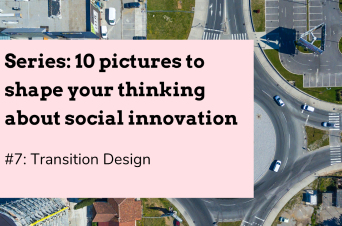
Transition Design
In this 10-part series, we share 10 different pictures that can help us to make sense of the big complex world of social innovation and systems change.In this 10-part series, we share 10 different pictures that can help us to make sense of the big complex world of social innovation and systems change
25 Nov 22
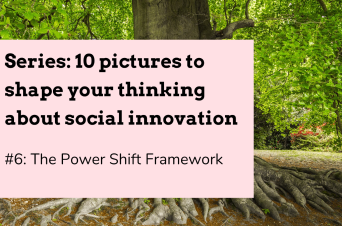
The Power Shift Framework
In this 10-part series, we share 10 different pictures that can help us to make sense of the big complex world of social innovation and systems change.
18 Nov 22
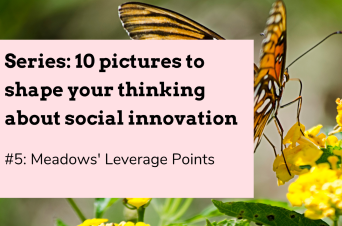
Meadows’ Leverage Points
In this 10-part series, we share 10 different pictures that can help us to make sense of the big complex world of social innovation and systems change
18 Nov 22